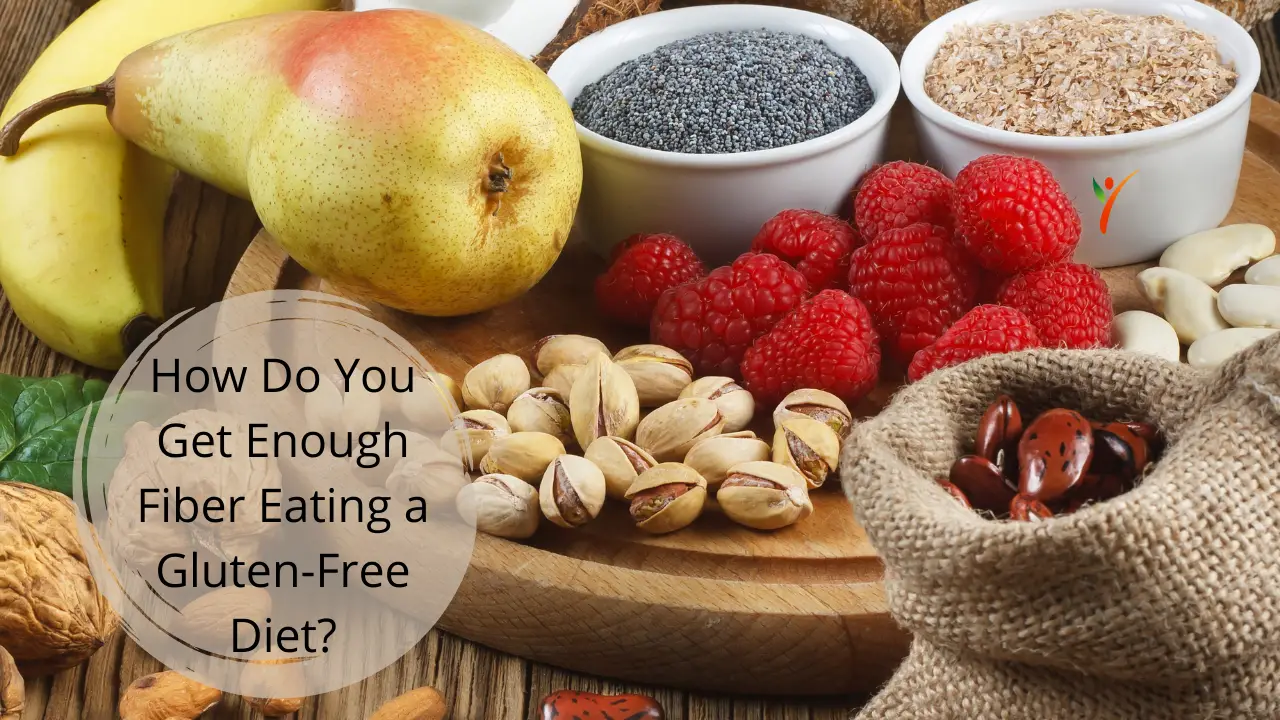One of the primary concerns of switching to a gluten-free diet is the lack of nutritional fiber in your meals. Individuals commonly attain fiber from foods such as whole grains, bread, cereals, pasta, etc. And, since you need to avoid any gluten-containing foods, chances are you're missing out on the fiber as well.
So, how do you fulfill your daily fiber intake without disrupting your diet? Read on to find out!
What is Fiber?
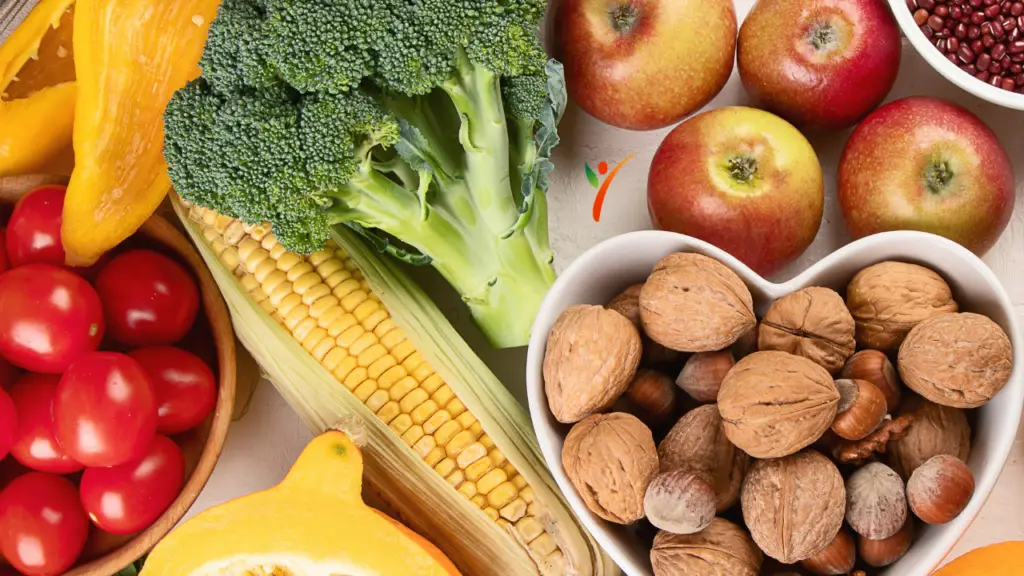
The human body extracts vital nutrients after a meal, through digestion and then absorption. These nutrients produce energy, help perform specific functions, and regulate various systems in the body.
Although, there is a small component of a balanced ideal meal that is neither digested nor absorbed. These items are labeled as fiber and are also called “roughage” or “bulk.” Fiber passes intact throughout the digestive system, from the stomach to the intestines. Once it goes through the intestine, you excrete fiber out of the body.
While there are various classifications of fiber, there are two types of fibers when classified traditionally. The first is dietary fiber, which is present in its natural form in plant foods.
On the other hand, functional fiber, also known as carbohydrates, is processed fiber. Thus, by definition, fiber is an indigestible carbohydrate obtained from plant food. Other methods of classifying fiber include separating them based on solubility, viscosity, and fermentability.
Gluten-Free Diet & Fiber
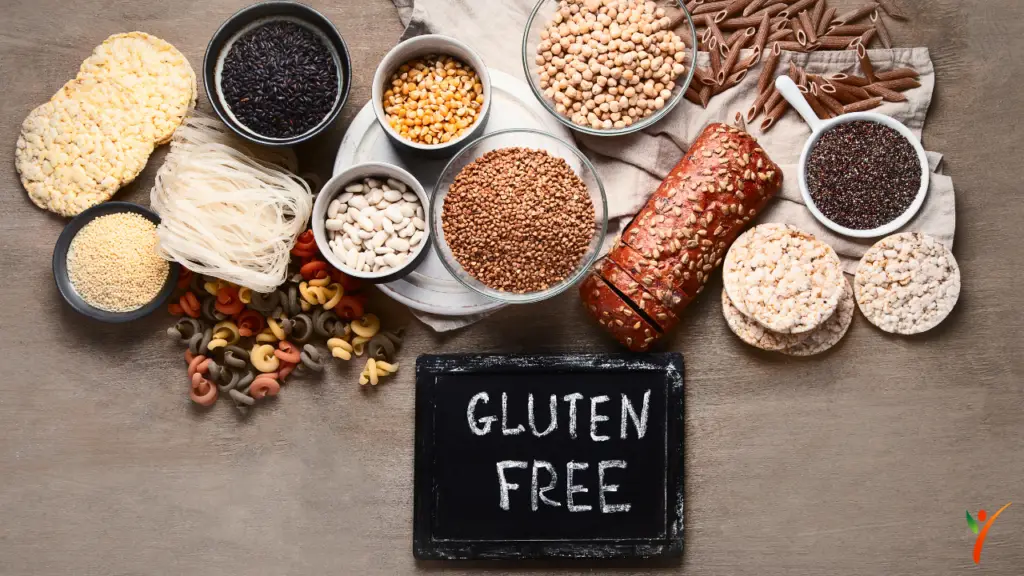
As you probably already know, a gluten-free diet is not the same as a regular diet, and you always miss out on a thing or two. Due to this very reason, a gluten-free diet is usually a low fiber diet as well.
Experts recommend whole grain, such as whole-wheat bread, wheat bran, and cereals, to fulfill the body's daily requirement of fiber. Wheat, rye, and barley are primary sources of fiber, but the gluten found in these grains can trigger medical complications. Hence, these are avoided and removed from the diet of a gluten-sensitive person.
Also, people who have celiac disease have to eat a meal made from starches and refined flour. If you're unaware, refined flour consists of relatively lower quantities of fiber than whole grain flour. Therefore, to fulfill the daily fiber requirement on a gluten-free diet gets a little trickier.
Why is Fiber Necessary?
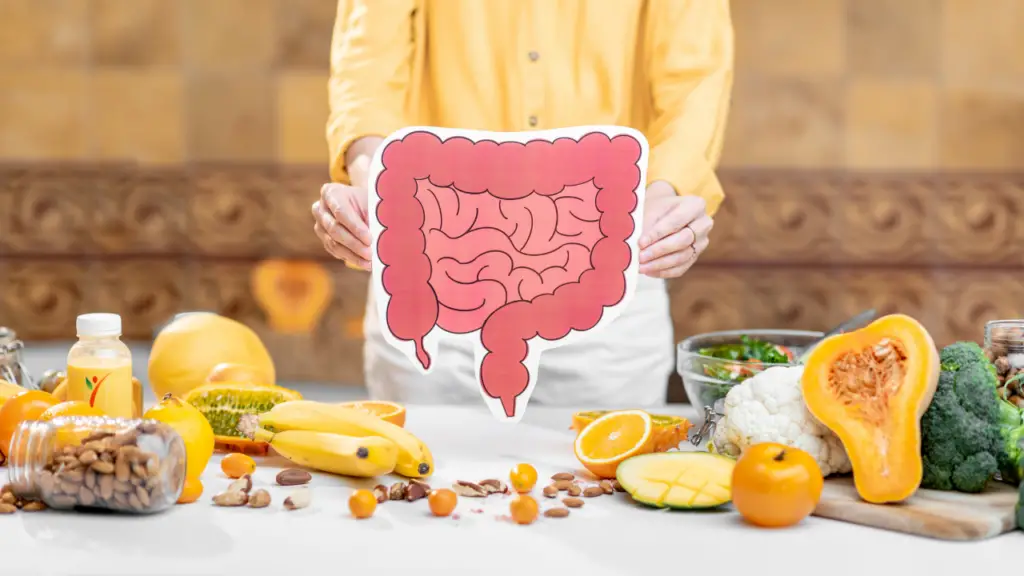
Before we move on to the required amounts of fiber, you should know the importance of fiber. Fiber brings numerous health benefits to your body. Some of these include the following:
Regulating Bowel movement and Digestive Health:
Fiber boosts digestive health in various ways. Bulking up of stool makes it easier to pass, which is a characteristic feature of fiber. It also absorbs water and, thus, solidifies the stool. The bulking up and solidification can prevent and treat constipation and diarrhea.
Therefore, people who usually eat a gluten-free meal can suffer from constipation regularly. Sufficient fiber intake can also prevent structural abnormalities such as kidney stones and gallstones. A person whose meal contains an adequate amount of fiber has a lesser risk of developing intestinal inflammation. According to some studies, high fiber intake decreases the chances of the development of an ulcer.
Reducing the Risk of Diabetes:
Fiber, specifically insoluble fiber, can significantly reduce the risk of type 2 diabetes. Furthermore, it can us used as a treatment to regulate blood sugar levels. The reason is that soluble fibers play a vital role in slowing the rate of sugar absorption.
Improving Cardiac Health:
Nutritional experts include soluble fiber in the list of nutrients that make up a heart-healthy diet. Fiber helps lower the amounts of bad cholesterol, which is harmful. Additionally, it increases the amounts of good cholesterol, which is vital for good cardiac functioning. Certain factors lead to coronary complications and stroke; fiber prevents the onset of these and ensures a healthy cardiovascular system.
Weight Loss:
Studies have shown that fiber contributes to weight loss in various ways. It prevents fat from accumulating and moves it quicker through the digestive system. It helps aid in the regulation of blood sugar levels and prevents insulin spikes. Meaning that fiber can help deal with continuous hunger cravings throughout the day, which leads to increased intake of junk food. Fiber also induces satiety, so you feel full longer.
Cancer Prevention:
Studies suggest that a high fiber diet helps prevent the development of colorectal cancer. Although, the scientific evidence is yet inconclusive. Simultaneously, there are reduced chances of cancer in the mouth, stomach, and pharynx with a high fiber diet.
Skin Health:
As far as skin health goes, fiber benefits it in two main ways. Firstly, it can improve the health of skin cells. Secondly, it also caters to the better appearance of the skin by flushing out toxins.
Other Benefits:
Other practical uses of fiber include over-the-counter laxatives that don't require a prescription when purchasing. Fiber has proven to boost the immune system and can also improve mental health and brain function. Fiber tends to increase body-friendly bacteria present in the gut, which helps the body produce vital products. Soluble, fermentable, and viscous fibers have more health benefits than the other types.
While fiber isn't as integral as other biochemicals, they play a primary role in improving life quality. If proteins, carbohydrates, and fats are a cake, then fiber is the cherry on top.
How Much Fiber Do You Need Daily?
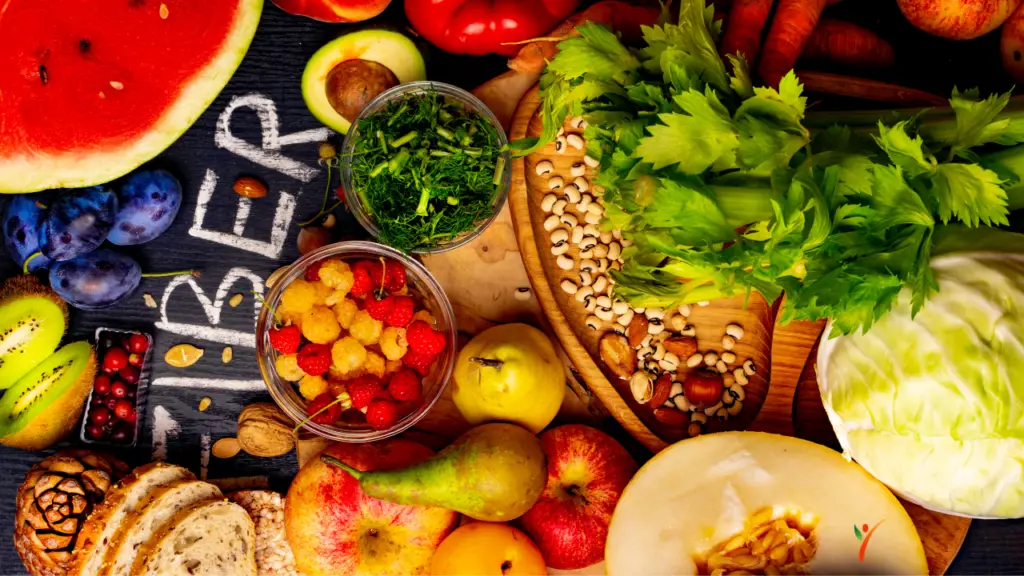
To make sure you are reaping all these benefits, experts have set a daily requirement for fiber intake. For children 1-3 years of age, a minimum of 19 grams per day. A child who is around 4-8 years old should consume at least 25 grams of fiber each day.
These requirements are not the same for boys and girls after their age of puberty. A boy 9-13 years old will require 31 grams per day. Contrastingly, a 9-13 years old girl the same age should have 26 grams daily. A 14-18-year-old boy has to have 38 grams of fiber regularly. Simultaneously, a girl of the same age group is required to eat only 26 grams.
Men in the age group of 19-50 require the most and should consume at least 38 grams daily. Men older than this age group need only 30 grams.
For women who are between 19-50 years of age and above, these amounts are 25 grams and 21 grams, respectively.
Pregnant and breastfeeding women require a bit more. According to experts, their diet should contain at least 29 grams of fiber each day respectively.
How to Meet These Daily Requirements?

Whenever the word fiber comes to mind, people always jump to bread and cereals that contain gluten. The reality is, unprocessed whole foods contain fiber in its best form. Here are some gluten-free recommendations by various dietitians.
Flaxseeds:
These contain 3 grams per tablespoon. While it's not much comparatively, flaxseeds also contain higher amounts of healthy fats that do not harm the body. Flaxseeds prolong the feeling of fullness after a meal and prevent inflammation. You can ground these to make a smoothie and boost that fiber intake.
Apples:
Each medium-sized apple contains an average of 4 grams of fiber. And, just like flaxseeds, apples also have numerous benefits. The traditional saying doesn't go wrong that “an apple a day keeps the doctor away.”
Beans and legumes:
Beans are primarily a rich source of fiber, so much so that even a single cup is loaded with dietary fiber. Kidney beans, pinto beans, or black beans offer 20 grams of fiber per measuring cup. Garbanzo or chickpeas offers about 14 grams of fiber a cup, while a cup of green peas has 7 grams.
Lentils, butter beans, lima beans, and other various legumes; also have high amounts of fiber. Besides fiber, beans also have vast amounts of plant-based proteins and are a terrific staple for a vegan-based diet. Containing nutrients such as magnesium and phosphorous, give barbecue baked beans a go. The four-bean salad also has its ways to win over a heart.
Coconut:
About 28 grams of unsweetened, dried coconut meat contains about 5 grams of fiber. If you weren't aware, coconut milk is also a great source of fiber and is rich in calories. If you don't love its flavor, you can go for baking using coconut flour as well. Coconut flour is used commonly in the Paleo diet.
A few Tips & Tricks To Increase Fiber Intake

We have some tips which can help increase your fiber intake even if you're on a gluten-free diet.
- With the skins on, eat at least five servings of fruits and vegetables daily.
- Add muesli, porridge, yogurt, flaxseeds, or chia seeds to your daily diet. You can even add these to your gluten-free baking goods.
- Add beans and lentils to casseroles or soups.
- Keep a handful of nuts by your bedside table for munching.
Recipe for Gluten-Free Coconut Cake
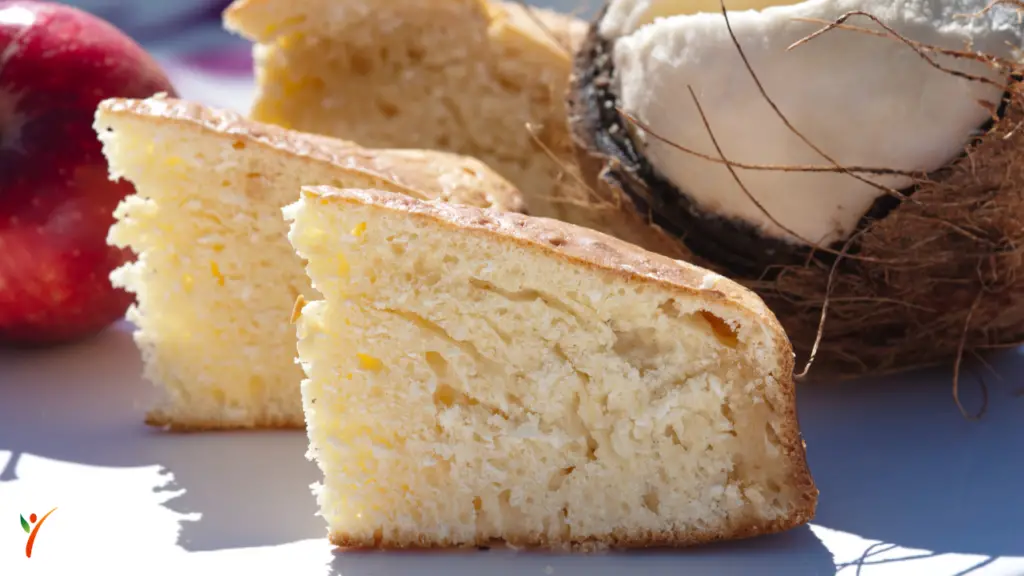
Here's a mouthwatering gluten-free, sugar-free, low-carb recipe for a gluten-free coconut cake.
Total Time- 50 minutes
Serving- 12 slices
Ingredients:
- 12 egg whites
- 1/4 teaspoon cream of tartar
- 8 egg yolks
- 1 cup coconut flour
- 1/2 cup melted coconut oil
- 3/4 teaspoon salt
- 1 cup of water
- 2 teaspoons vanilla extract
- 5 tablespoons honey
- 1 teaspoon baking powder
- 1 teaspoon coconut extract
Instructions:
- Preheat oven to 350°F. Using either coconut oil or butter, grease a 13×9 pan.
- With the cream of tartar, beat your egg whites. Keep beating until peaks form. Put these whites in another bowl.
- In another bowl, beat the egg yolks. Then, add and mix coconut flour, salt, coconut oil, water, butter, vanilla, baking powder, extract, and sweetener.
- To this batter, add one-third of the egg whites and mix. Don't use beaters or mix too vigorously, as this will cause the foam to deflate. The best option is to use a spatula. Make sure half of the remaining whites are folded in, followed by the final amount. In the pan, you prepared earlier, pour in the batter and level it.
- Bake the cake for about 30-40 minutes. The surface of the cake should appear slightly brown.
- Cool completely before cutting the cake into 12 pieces.
Chef's Tips
- Separate the eggs in such a way that the yolks and whites don't mix. If the oil or yolk gets into the whites, this will not allow them to peak up.
- It is best to store the cake in an airtight container in the refrigerator and lasts for 3-4 days. Not only will the cake last longer, but it'll prevent the coconut from attracting moisture as well.
Recipe For Ultimate Breakfast Granola

Feeling a decrease in your daily fiber intake? Why not try out a recipe that boosts your fiber while giving you a tasty breakfast for the day.
Total Time- 75 minutes
Serving- 20 servings (1/3 cup per serving)
Ingredients:
- 1¼ cups gluten-free steel-cut oats
- 1¾ cups gluten-free rolled oats
- 1 cup gluten-free cereal
- 1 cup whole raw almonds
- ¾ cup sunflower seeds
- ¾ cup shredded unsweetened coconut
- 1¼ cups chopped pecans
- 1¼ cups peanuts
- 1 cup chopped walnuts
- ½ cup sesame seeds
- 1/3 cup pumpkin seeds
- 1 cup maple syrup
- 4 teaspoons vanilla extract
- ½ cup coconut oil, melted
Instructions:
- Preheat oven at 250°F. Using parchment paper, line your baking sheet.
- In a big bowl, after adding all the dry ingredients, mixing them.
- In a different bowl, mix the vanilla extract and maple syrup.
- Pour the coconut oil on the dry ingredients. Next, you need to add the wet ingredients and mix them until well combined.
- Over the prepared baking sheet, spread the mixture, and bake for an hour. Stir after every 15 minutes.
- Cool the granola after you have taken it out of the oven. Make sure to let it cool entirely before storing it in an airtight container.
Final Words

We won't lie; it is slightly harder to fulfill your daily fiber intake on a gluten-free diet. But, it's not impossible either. As long as you're eating dietary fibers in an adequate amount each day, you'll be attaining the daily fiber requirement.
Don't forget to experiment with fiber-rich ingredients in your kitchen. Cook healthy, delicious recipes and make the most of your diet!
The owner of this website, HealthYeahLife.com, is a participant in the Amazon Services LLC Associates Program, an affiliate advertising program designed to provide a means for sites to earn advertising fees by advertising and linking HealthYeahLife.com Review to Amazon properties including, but not limited to, amazon.com.

